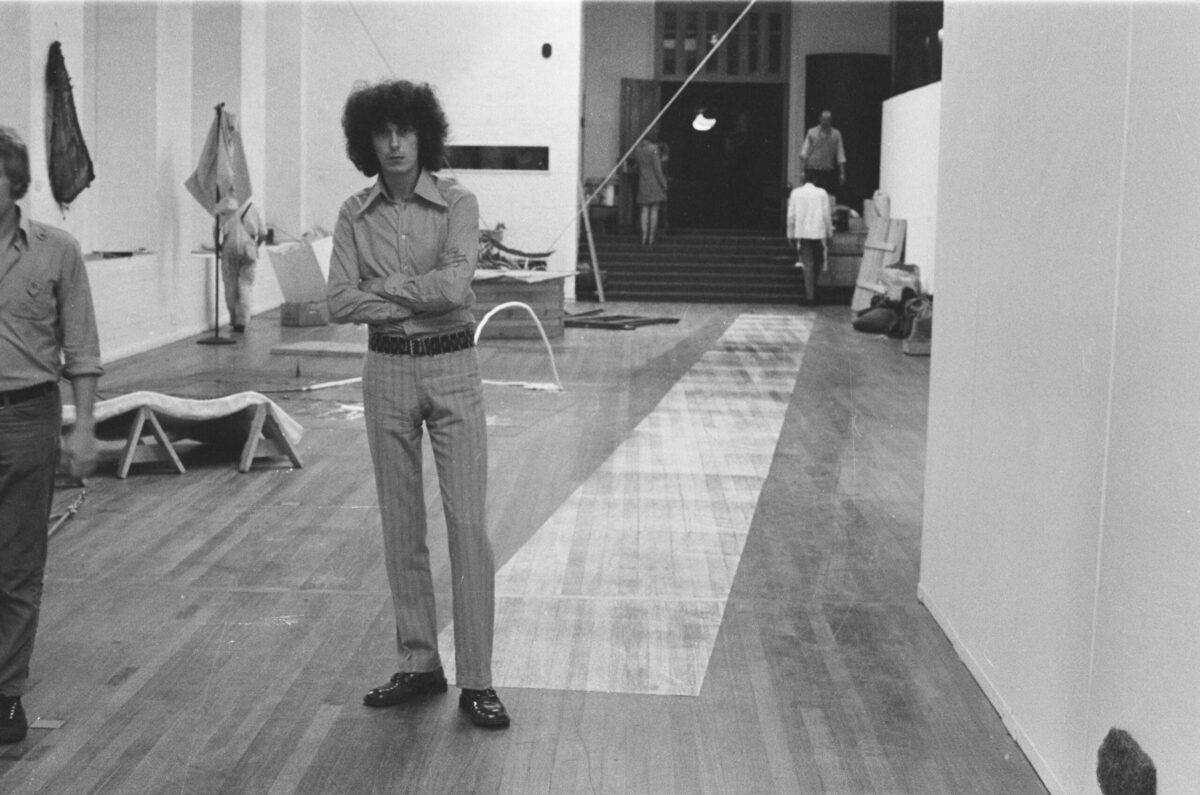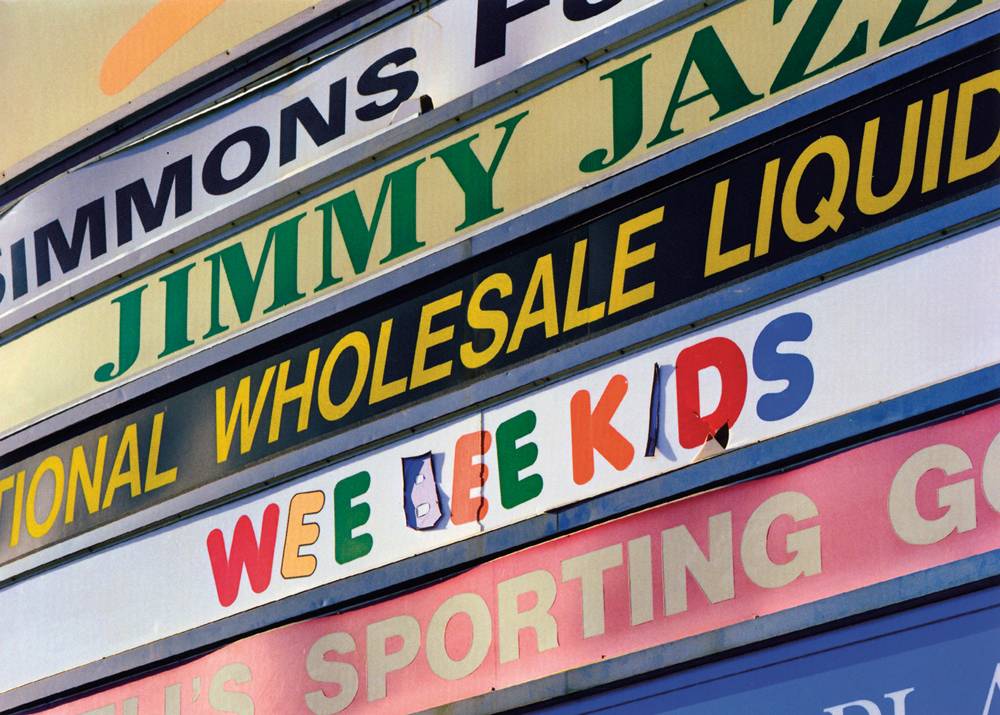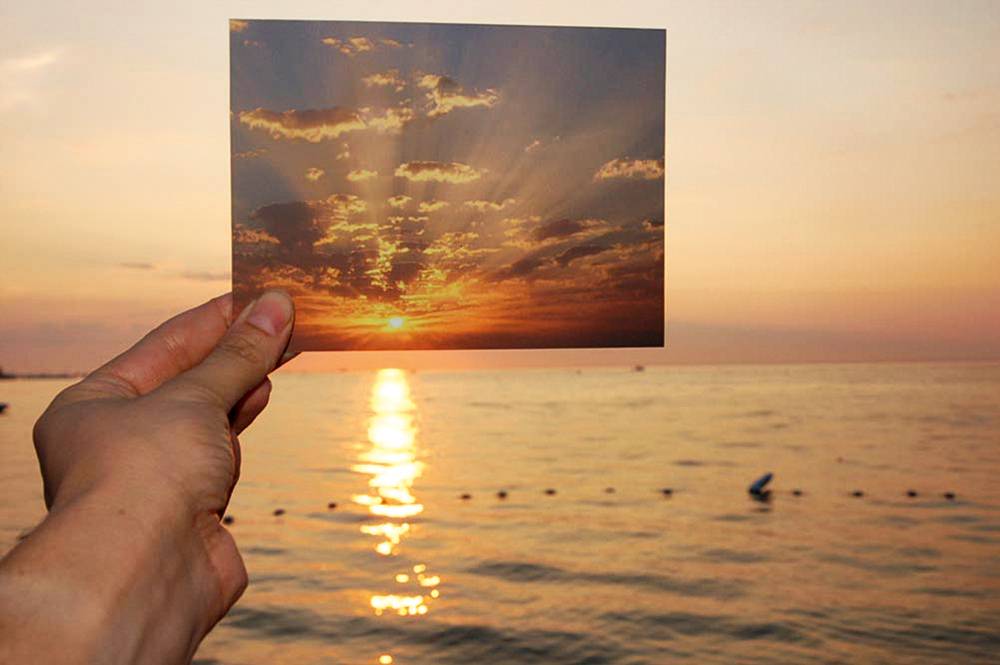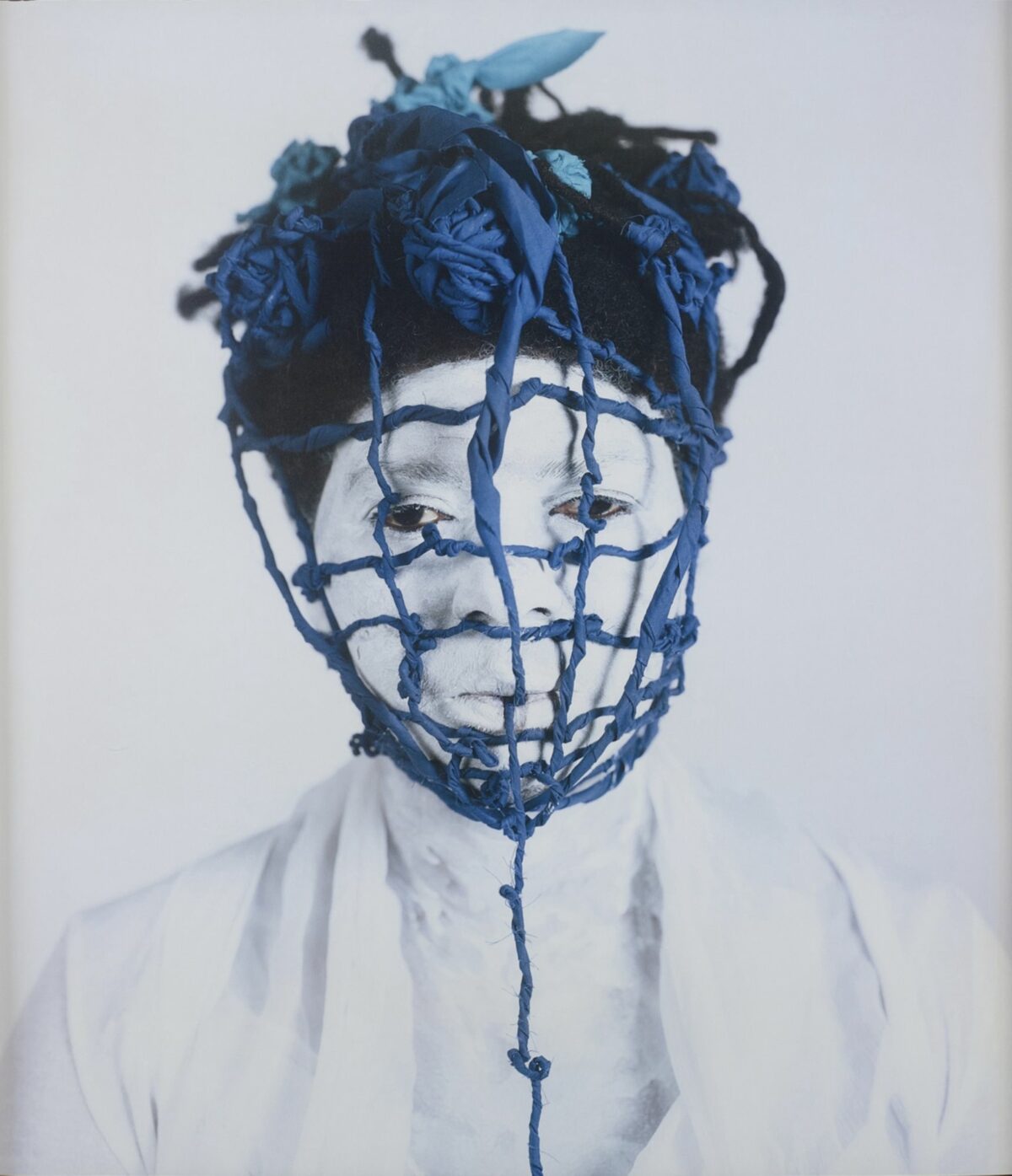In her preface to The Thames & Hudson Dictionary of Photography, editor Nathalie Herschdorfer anticipates the criticism that an actual hardcover book isn’t just redundant in the age of Google and Wikipedia, it’s “almost perverse.” But, she argues, search engines are notoriously indiscriminate, unscrolling lists of raw data that the reader has to edit and prioritize. So there’s still a need for what she’s put together here: “a book that reduces a seething mass of information to a structured and orderly work of reference.” As promised, her Dictionary is as thorough as it is concise, covering not just individual photographers but movements, techniques, publications, genres, historians, theorists, curators, and critics from a rigorously international point of view. Most crucially, it updates virtually every existing source on paper, with entries on Zanele Muholi, Peter Hujar, Steven Meisel, Pierre Verger, Lorna Simpson, Saul Leiter, and Jean Moral (but not Vivian Maier). Test Dictionary with your own list of interests and obsessions, and I doubt you’ll find it wanting, but the book isn’t merely serviceable – it’s exceptionally well designed and illustrated. A handsome, sturdy tool, ready for use.


Best known for landscapes of remarkable breadth and depth, from Cape Cod to Ground Zero, Joel Meyerowitz went inside for his latest project, a series of still lifes made in Giorgio Morandi’s studio. His subject: Morandi’s Objects (Damiani) – bottles, vases, blocks, tins, and shells – photographed in natural light on the same bare wooden table that served as a platform for the painter’s own modest still lifes. In an afterword, Meyerowitz writes that he began with a question: “How is it that these quotidian objects contained so much power that they kept Morandi in thrall to them throughout his life?” His piece is titled “The Ordinary Sublime,” and that’s apparently what he’s aiming for here: subtlety, simplicity, clarity. Photographing the objects one by one before the yellowed, paint-daubed paper Morandi used as a neutral background, Meyerowitz makes no attempt to re-create the painter’s signature huddled groupings. Instead, he sets each dusty, dented item center stage, where they cast a long shadow but never pretend to be anything but supporting players, uneasy in the spotlight. The table they’re occupying is covered with the overlapping traceries of circles Morandi drew to establish the placement of each new grouping. The repeating shapes recall Cy Twombly’s early graffiti drawings, but the muted, terracotta colors echo the walls in Italian Renaissance paintings. Meyerowitz’s photographs are muted, too. This isn’t a noisy celebration, it’s a quiet homage.
Jacques-Henri Lartigue, the French photographer who took many of his most celebrated pictures before he was out of his teens, experimented with Autochromes shortly after the process was introduced in 1912. He was 17 when he took the first color photographs in Lartigue: Life in Color (Abrams), and his Autochromes of friends and family on sunny lawns have the fine-grained delicacy of pastel drawings. He abandoned the process in 1927, frustrated that its longer exposure time prevented him from making the sort of sporty, spontaneous images he enjoyed most. But he loved working in color – “For me, life and color are inseparable,” he wrote – and he returned to it in the ‘50s, while continuing to shoot in black and white. Most of Lartigue’s later color work is reproduced here for the first time, and it’s predictably charming and vivacious. Although the excitement and surprise of his early work has long gone, Lartigue’s delight in the world around him is infectious. Landscapes with his companion, Florette, under flowering trees revive the soft palette of the Autochromes, but the color is wonderfully subtle throughout. Pictures of Picasso, Fellini, Bill Brandt, and Edward Steichen have the casual intimacy of snapshots – reminders that Lartigue’s great talent was to make it look not just easy but effortless.











